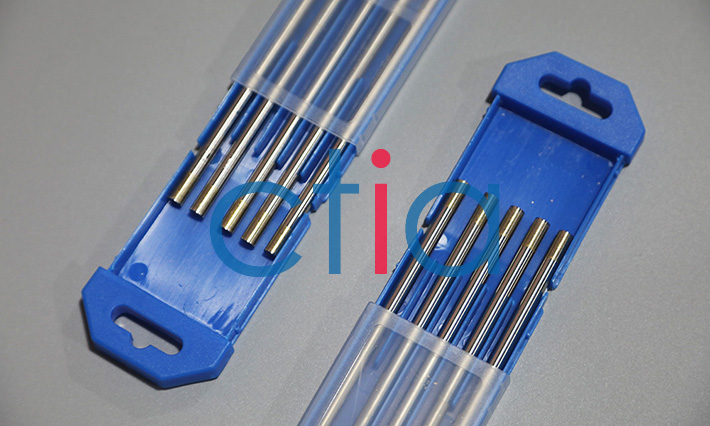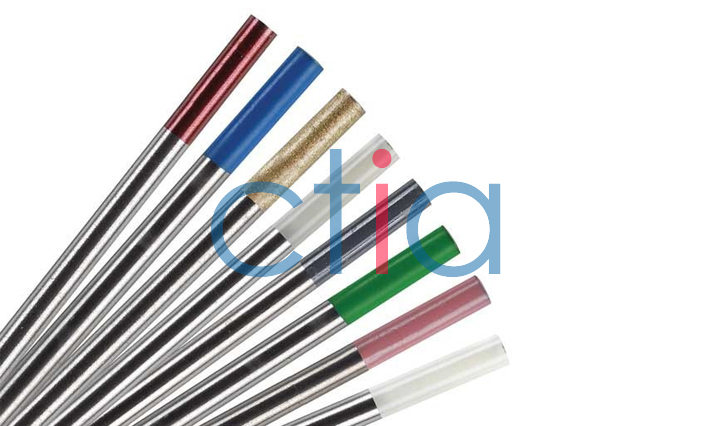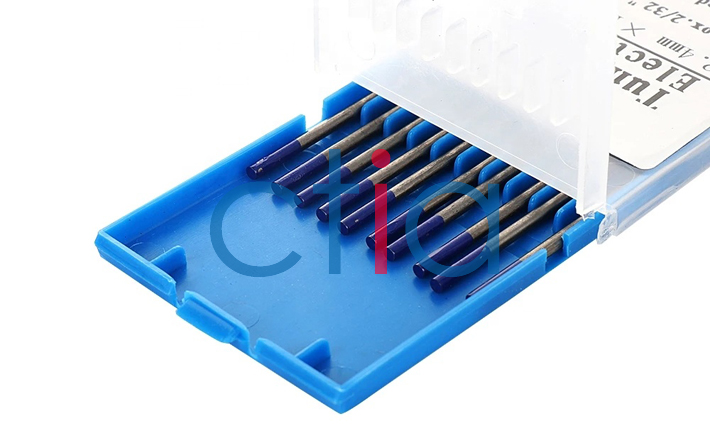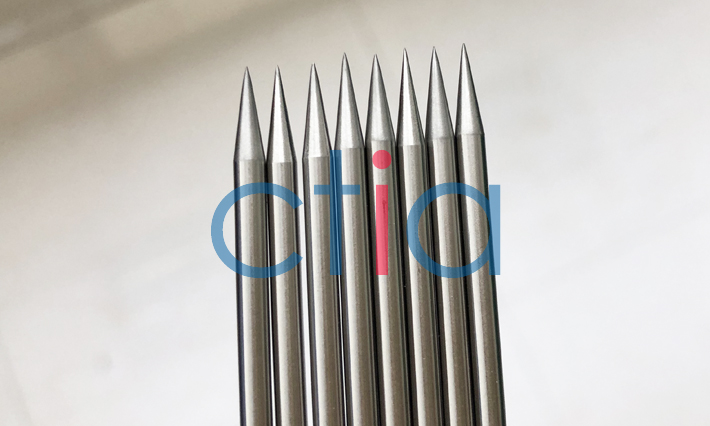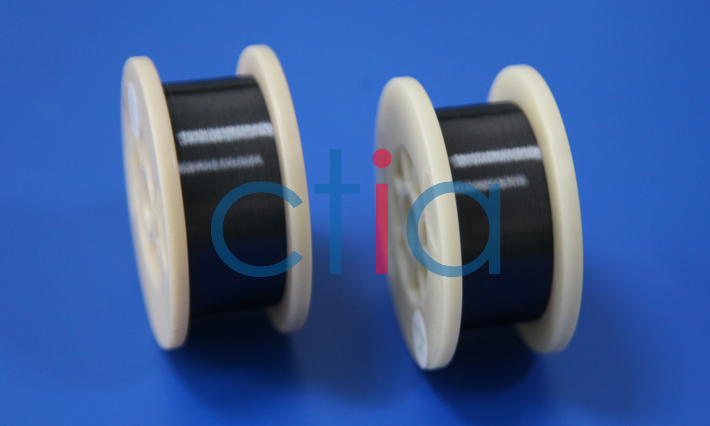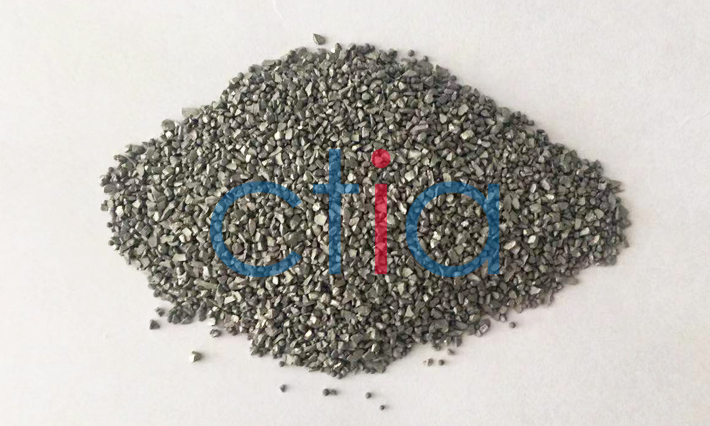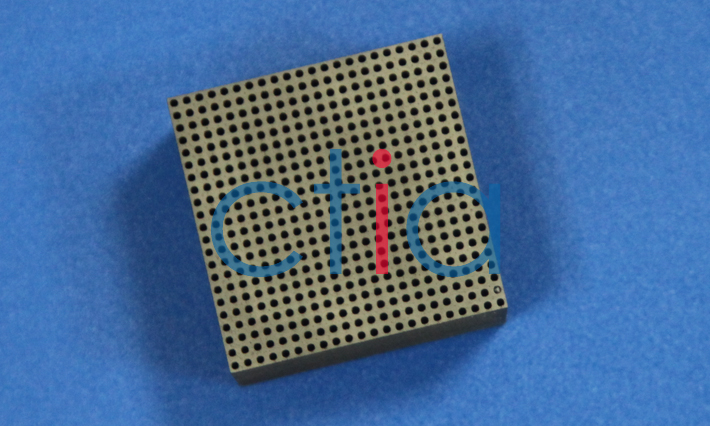WL15 lanthanated tungsten electrodes (WL15 electrodes) contain 1.3%–1.7% lanthanum oxide (La₂O₃) and are marked with the color gold. As a medium-level doped electrode within the lanthanated tungsten family, WL15 offers outstanding arc-starting capability, arc stability, and erosion resistance. It is widely recognized as one of the best non-radioactive alternatives to thoriated tungsten electrodes (WT20).
WL15 combines the versatility of WL10 with the strength of WL20, making it especially suitable for high-frequency ignition, continuous welding, and automated welding systems. It is extensively used in high-demand sectors such as aerospace, nuclear, and precision manufacturing.
1.Key Performance Features
| Property | Description |
| Arc Starting Voltage | Extremely low; comparable to thoriated tungsten; ideal for high-frequency ignition |
| Arc Stability | Highly stable and focused arc; easy to control molten pool behavior |
| Arc Erosion Resistance | Better than WL10; maintains tip shape under load |
| Thermal Load Capacity | Handles medium to high currents without tip deformation or melting |
| Electrode Life | Comparable to or exceeds WT20 under proper welding conditions |
| Versatility | Suitable for AC, DC, and various base materials |
| Safety | Non-radioactive and compliant with international welding safety standards |
2.Primary Applications
Due to its balanced performance, WL15 is used in a wide range of applications, including:
Medium to High Current TIG Welding
Suitable for butt welding, fillet welding, and multi-pass welding
Commonly used for stainless steel, low alloy steel, copper alloys, nickel alloys, and titanium alloys
Automated Welding Systems
Stable arc and shape retention make it ideal for robotic welding
Frequently applied in automotive manufacturing, pressure vessel fabrication, and aerospace component welding
AC Welding (Aluminum and Magnesium)
Performs better than pure tungsten in AC waveform equipment
Offers longer lifespan and more stable arc characteristics for light metal welding
Plasma Welding and Precision Welding
Used as a cathode in plasma arc welding (PAW), particularly in applications requiring low penetration and high seal integrity
Common in medical devices, electronics, and precision assembly
3.Usage Recommendations and Best Practices
Recommended Grinding Angle: 25°–35° for optimal arc focus
Recommended Current Range: DC: 10A–300A; AC: 20A–250A
Compatible Power Sources: Best used with high-frequency ignition TIG machines
Ideal for Automation: Performs exceptionally well on automated tracks and robotic arms
Maintenance Tips: Inspect electrode tips after regular welding intervals; replace or regrind when signs of erosion or deformation are observed
Contamination Prevention: Avoid direct contact between the filler wire and the electrode tip to prevent contamination or oxidation
